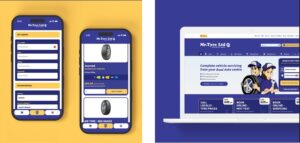A digital marketing agency that provides intelligent, performance-driven marketing solutions for businesses looking to succeed online.
Our head office is in Nottingham, but our nationwide account managers help us deliver results to businesses all across the UK. Our websites are built to perform. Our multi-channel strategies are targeted. Our brand campaigns make an impact. Through a range of services including web design, SEO, Social Media and PPC, we help businesses maximise their digital potential and achieve profitable lead generation. We’re a collaborative, smart-thinking, integrated digital marketing agency based in Nottingham. Our personal approach ensures a long-term partnership built on success and we’re proud to deliver value which will make your business grow.




















